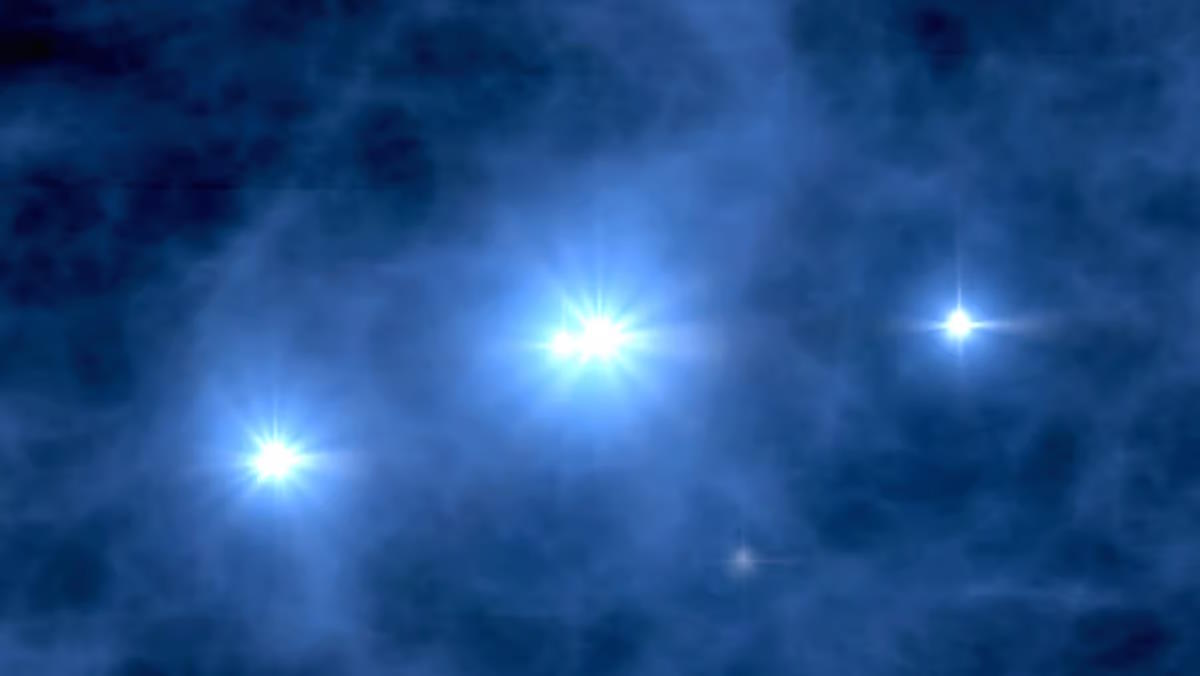Michio Kaku: I think that creating something like Jack and the Beanstalk with the ability to climb your way into heaven is probably still maybe 100 years away. However, we’re making enormous inroads with carbon nanotubes and graphene. Ever since the 1800s we knew that a space elevator was physically possible if we could create a substance that was stronger than steel. Well, now we have such a substance. These are carbon nanotubes and graphene. Graphene is the hardest substance known to science on the entire planet earth. Graphene is so strong that you can take an elephant, put the elephant on a pencil, balance the pencil on a sheet of graphene and graphene will not tear.
Well, if graphene is so powerful, then why can’t we make this ladder to the stars? The problem is strictly technical. The largest amount of pure carbon nanotubes and graphene that we can make in the laboratory is about that big. We need thousands of miles of pure cable in order to create a space elevator. The problem with going to the stars is only the first few hundred miles. If you can negotiate the first few hundred miles and get off the gravitational well of the planet earth, you’re well on your way to going to the stars themselves. That’s why a space elevator could literally revolutionize space travel.
However, the technical problems are still enormous. Satellites travel at 18,000 mph. The space elevator will probably not sustain a direct hit with a satellite going at 18,000 mph. And what happens in the case of a monsoon or a hurricane on the planet earth? You would want to anchor the space elevator to some point on the earth, but it has to be flexible again, ‘cause what happens when a hurricane rips tight through your territory and perhaps rips the space elevator? So there are a lot of technical questions that still have to be addressed, but, in principle, a space elevator is within the laws of physics.
Directed / Produced by
Jonathan Fowler & Elizabeth Rodd






